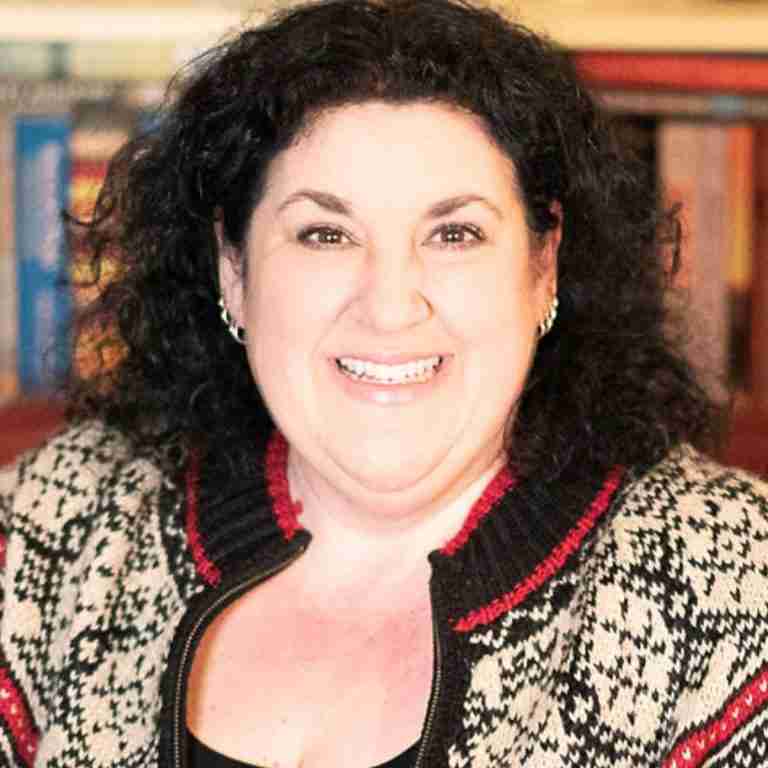Changing Our Personal Narratives to Transform Our Lives
By Dr. Constance Scharff
Growing up under the weight of early childhood trauma, I saw myself through a lens of painful experiences. As I navigated life with Complex Post-Traumatic Stress Disorder (CPTSD), stemming from severe childhood abuse, my story was one of shame, survival, and a belief that I was defined by those experience.
Yet, over years of both personal healing and professional work in mental health research, I discovered the profound impact of transforming our personal narratives. By changing the stories we tell ourselves, we can utterly transform our lives. Ultimately, this experience led me to found and direct The Human Resilience Project, to move the research on human resilience forward, and find more opportunities for healing for people around the world.
How Trauma Shapes Our Stories

Narratives shape who we are. Through work in communities around the world, I have come to see how changing these internal stories helps individuals and groups overcome trauma and develop resilience. Trauma can feel like it steals our identity, leaving us feeling small and voiceless. But as I have learned, the ability to transform those narratives can give us back our lives.
For those of us who have endured early trauma, particularly in childhood, our stories can become scripts of helplessness or pain. For years, my identity was wrapped in a narrative of grief and rage. It took years to question this story.
Trauma, in its “diagnosable” forms, is essentially the intrusion of the past into the present. I was overwhelmed by the past, unable to be here, now. As I combined somatic experiencing—moving trauma through the body—and narrative reframing, I began to experience freedom from the past in ways I never imagined were possible.
Science supports the transformative power of narrative interventions. Research into neuroplasticity shows that our brains can rewire through repeated patterns of thought. When we give it a new idea, when we start to tell a new story about ourselves, we lay down new neural pathways that reinforce resilience, self-worth, and hope. Working with The Human Resilience Project, I’ve seen how these principles apply not only to individuals, but entire communities. Through storytelling, groups find connection, identity, and resilience in their shared narratives.
The Human Resilience Project: Global Stories of Resilience
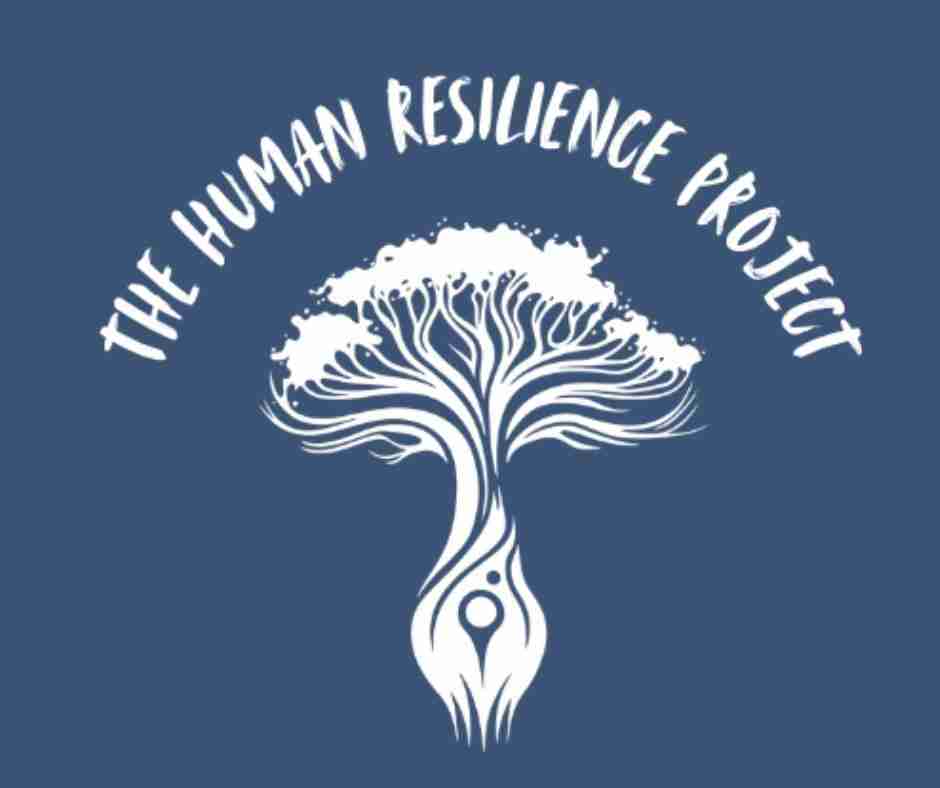
The Human Resilience Project (THRP) aims to understand and support resilience across diverse cultural and societal contexts. By engaging with communities worldwide, I’ve had the privilege of witnessing the incredible ways people use storytelling to heal from trauma and overcome seemingly insurmountable obstacles. Each of these groups, despite facing unique challenges, has demonstrated that by reframing their stories, they can increase courage and strength.
Ecuador: The Power of Indigenous Amazonian Narratives
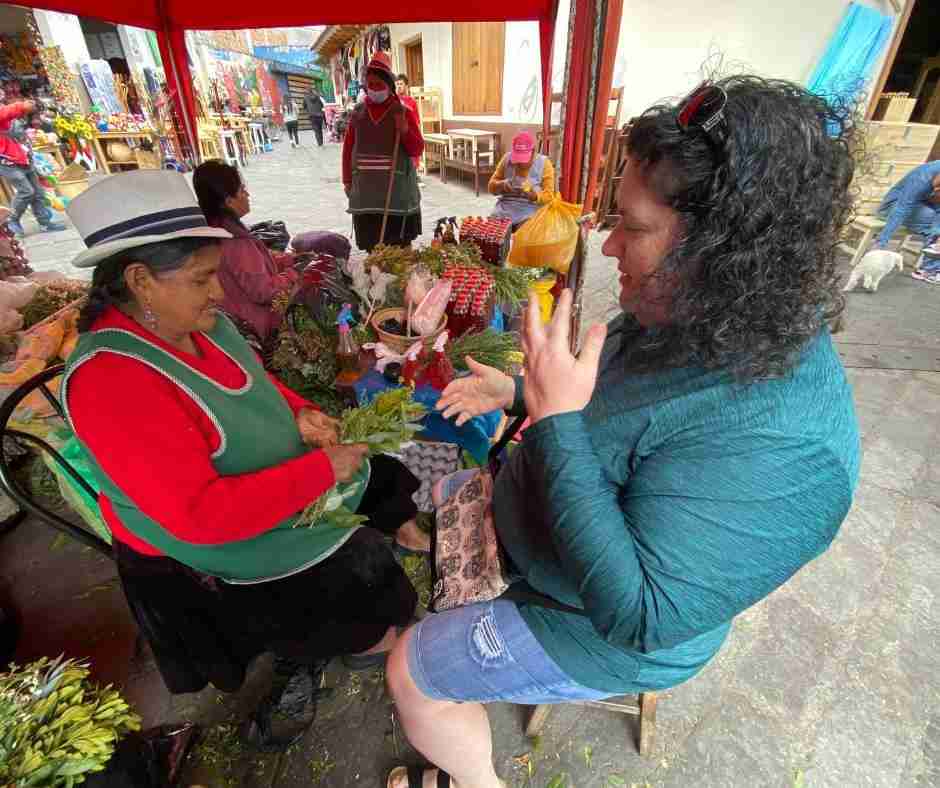
In Ecuador, I worked with an indigenous community in the Amazon that shared the ways in which their storytelling bolstered their resilience.
In this community, elders shared stories that reflected their profound connection to the land and their identity as environmental protectors. They don’t see themselves as victims of exploitation, but as resilient defenders of the earth, bound by their ancestral connection to it. By emphasizing this narrative, they find strength and solidarity, reinforcing a sense of purpose and pride that not only supports individual resilience, but fortifies the community as a whole.
What was most profound to me in Ecuador was the willingness the people had to share their experience and ask for help. One man, who had the position in his community that we would call the mayor, pulled me aside at the end of our interview to ask me a question. He was suffering from insomnia; he was kept up nights worrying about his people, asking himself what more he could do in their service. He wanted to know if this was an indication of a psychiatric disorder.
It was hard for me not to smile as I told him no, it was not an indication of disease, but rather a reflection of his commitment to his community. He visibly relaxed when I told him this. Even insomnia can sometimes be resolved with a new story.
New Zealand/Aotearoa: The Māori’s Warrior Spirit and Historical Resilience
In New Zealand, which the Māori call Aotearoa, I witnessed the resilience of the Māori people, who, despite ongoing struggles against discrimination and efforts by the current national government to undermine the Treaty of Waitangi (Te Tiriti o Waitangi), maintain a proud narrative of strength and perseverance. Facing systemic inequities and a history of attempted cultural erasure, the Māori consistently choose to emphasize their warrior heritage as a source of strength and pride.
During a recent THRP project in Aotearoa, Māori participants shared stories of their connection to heritage and ancestors, emphasizing not only the historical strength of their people but their continued resilience today. The current efforts to abrogate the treaty were met with powerful resolve; warriors fight. This warrior mentality undergirds everything the Māori do.
On the South Island, I was told by descendants of Europeans that the Māori, “ate us.” It was a confusing statement to me. In the historical record, it is recorded that Abel Tasman’s ship anchored off the coast in 1642. There are different tellings of the story. In some, 4 of the Dutch crewmen were killed. In others, the 4 sailors were taken captive, murdered, and eaten. However, the European crew died, the Māori earned a reputation as being brutal; no ship returned for 127 years.
As a community, the Māori scoff at efforts to characterize them as weak. Māori communities use their stories to reinforce a powerful sense of identity. By telling stories that highlight strength, agency, and historical resilience, the Māori are reclaiming their heritage and have been stalwart against efforts to curb their agency. This framing doesn’t erase the pain of oppression, but it redefines it, emphasizing endurance and pride rather than victimhood.
Israel: Resilience Through Community Connection and Shared Narratives
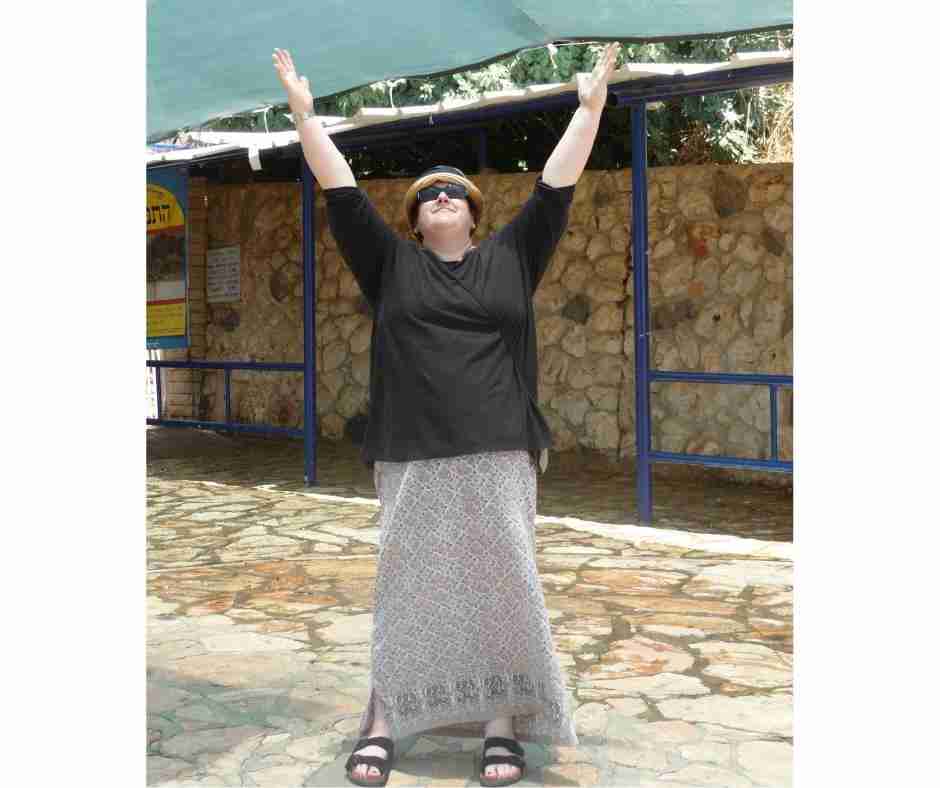
Jewish Israelis (approximately 73% of the population of Israel) and Jews in diaspora share a unique cultural resilience where, despite facing external hostility, the community draws strength from shared history and interwoven stories of survival and support. American Jews often say about our holy days, “They tried to kill us. We survived. Let’s eat.” It’s a gallows sort of humor that is interwoven in Jewish traditions. Research shows that the community’s close-knit fabric, in and outside of Israel, and shared narratives provide profound resilience.
The stories Israelis and Jews in diaspora share are designed to bolster community bonds and reinforce resilience. For example, in Israel, stories of solidarity and mutual support—whether from various waves of migration, international persecution, or the most recent massacre on October 7, 2023—are central to Israeli identity. These narratives stress that, no matter the circumstances, the people will come together to support one another.
This is evidenced by the overwhelming call by the Israeli people for the government to secure a return of the hostages, including the bodies of those who have been killed. Jewish stories stress cohesion. By emphasizing shared experiences of survival and support, Israelis reinforce their sense of collective resilience and unity.
This experience in communities around the world highlighted a key insight: storytelling can unite communities, even in the face of ongoing struggles. For Israelis, stories of care, mutual assistance, and enduring connection offer a counter-narrative to external hostility, turning survival into an expression of collective strength and pride.
The Māori and the indigenous Amazonian communities also highlight resilience through the stories they use to describe themselves. In all three examples, community resilience lies in the ability to reinforce narratives of unity, solidarity, and mutual care.
The Science Behind Transforming Personal and Collective Narratives

Beyond the cultural examples, psychology research supports the benefits of reframing narratives, showing that the stories we tell ourselves can profoundly impact our well-being. When we recount a traumatic memory, our brains relive the experience as if it were happening again, reinforcing stress and fear responses. However, by changing our point of view, we can change our experience of the past, and reshape our future.
Research on neuroplasticity demonstrates that we have the capacity to rewire our brains through repeated thought patterns. By actively reshaping our stories, we strengthen new neural pathways associated with empowerment, self-worth, and resilience. While we can’t change past events, we can and do change our relationship to what happened, which sends a new message to our brain.
My father abused me in ways that were so horrific that I developed CPTSD. I was often overwhelmed by symptoms. I felt rage. How dare he! But when I really looked at my story, it was coming from the perspective of the small girl I had been when the abuse occurred. I felt tiny and powerless. I froze. I numbed myself. I dissociated, all in an effort to protect myself.
In addition to somatic experiencing, which I needed to move the trauma through my body, I started to see myself and the experience in a different way. I am not a little girl anymore. I am strong and vibrant. People don’t find me an easy mark. And my father, instead of seeing him as a monster, I began to look at him as ill and in a certain way, pathetic. How low do you have to be to take advantage of a child? I began to see that what happened to me had nothing to do with me. All the rage and shame slipped quickly away. I started to heal, once I saw myself from a place of empowerment.
Practical Steps for Changing Your Story
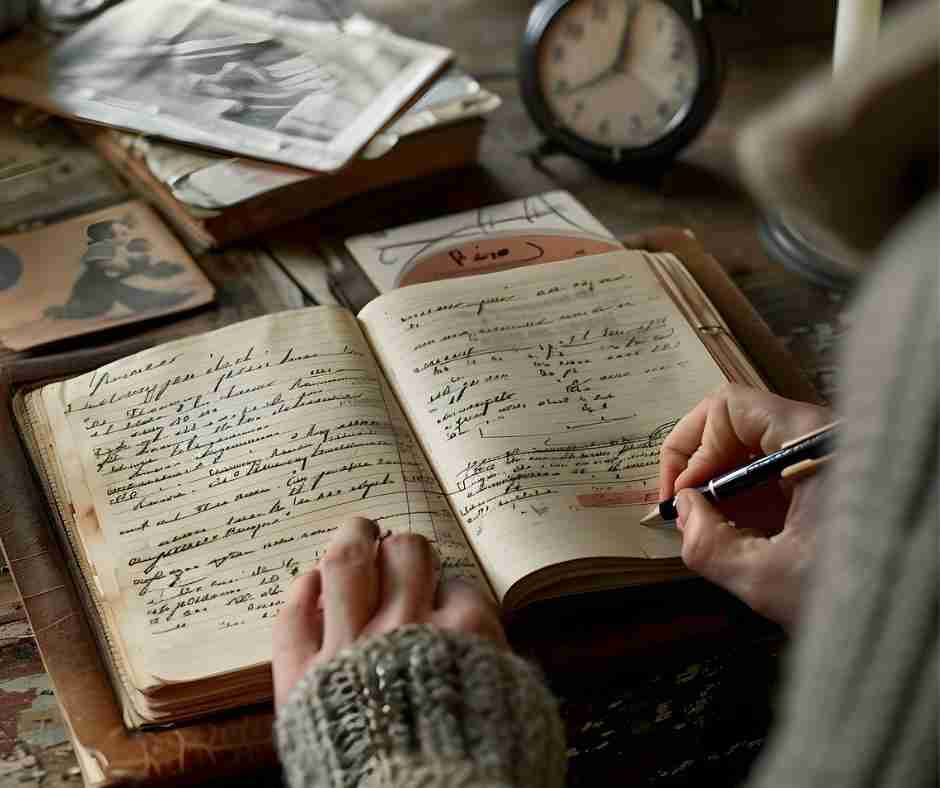
Here are steps I recommend to those who want to experience their past and internal dialogue in a different way, with new narrative emphasis, drawn both from my research and personal journey:
1. Identify Your Current Narrative
Begin by reflecting on the stories you tell yourself about your identity, past experiences, and life’s challenges. Recognize any recurring themes of helplessness, unworthiness, or limitation. That negative perspective isn’t likely true. Take note of it.
2. Challenge Negative Assumptions

I don’t know what the “big T” truths are—the nature of the universe and all that—but I do understand what I call, “little t” truths, stories that are true enough that I can pivot. How do I feel when I look at all my father’s actions cost him? He was never happy. He lost his relationships with me and his parents, the people who perhaps had loved him more than anyone. He had no relationship to speak of with his other child and couldn’t maintain a partnership. He died alone, succumbing to a cardiac arrest while working a night shift in an office building.
If that’s who he was, why do I feel scared/ashamed/etc. because of his actions toward me? He was no great human making pronouncements of my deficiency. Rather, he missed out on experiencing the great person I am. Find the “little t” truths you can pivot on.
3. Tell a New Story
Engage in storytelling as a tool for healing. Use your internal dialogue to change your relationship to past events such that you emphasize resilience, learning, and hope. This new story doesn’t negate pain, but puts it within a framework of strength.
I have been recovered from alcoholism for more than 26 years. When I was new to recovery, not drinking was painful. Remembering how I behaved when I was drunk was painful. I beat myself up in my internal dialogue for not being able to stop drinking. But now, I see my drinking as a valiant effort to survive the symptoms of CPTSD and make sense of a horrific past. I have compassion for the person I used to be. As for the mistakes I made while drinking, who doesn’t make mistakes in their early 20s, drunk or sober? So what? And my recovery allows me to help others. The past isn’t different, but the stories I tell myself about it are.
4. Seek Community Support
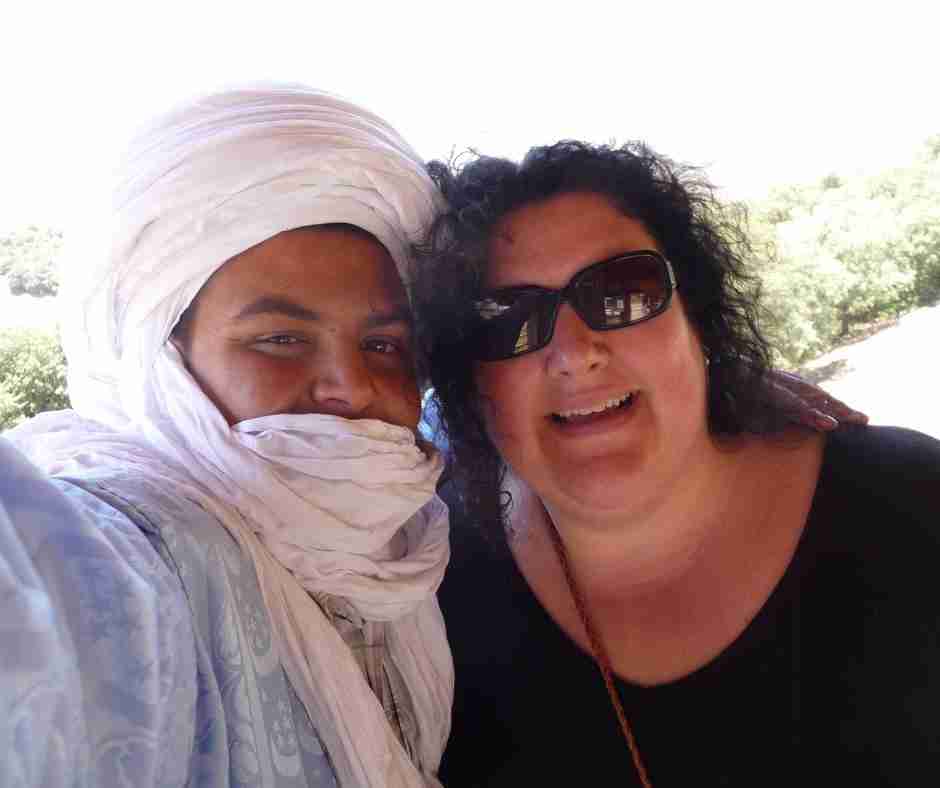
Finding support from others who understand or who can witness your story can be incredibly powerful. Sharing your narrative in a safe space reinforces your resilience and helps build a community of mutual support. I regularly spend time with people who share my stories—those in recovery from substance abuse, people who have recovered from trauma, and those from marginalized communities that seek to uplift their communities and change systems that oppress them. This community engagement reinforces the personal narratives I hold about our ability to change.
Revising Our Personal Narratives to Re-Envision Our Lives

Narratives, both personal and collective, shape how we see ourselves and what’s possible for us in the future. Although trauma and adversity often influence our initial story, we have the power to change that narrative and create a story that encourages and gives us hope. We don’t deny the pain of the past; we transcend it. You don’t have to accept survival as enough. You can become the leading character in a story defined by strength, connection, and purpose. You decide how you see the world.

